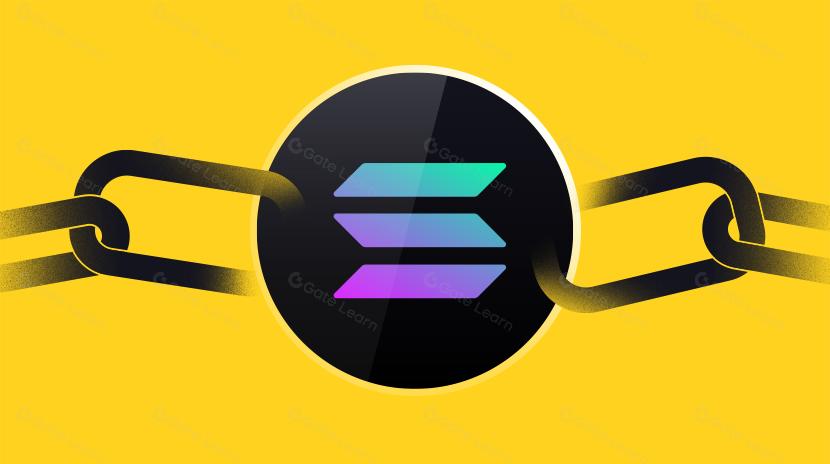Protocol

In the blockchain and cryptocurrency ecosystem, a protocol refers to a set of rules and standards that define how network participants interact with each other. These protocols establish the infrastructure of decentralized systems, ensuring that all nodes can reach consensus and maintain network security without a central authority. Protocols not only regulate data transmission methods but also define core functions such as transaction verification, block generation, and network incentive mechanisms, providing an operational framework for the entire crypto economy.
The origin of blockchain protocols can be traced back to the publication of the Bitcoin whitepaper, in which Satoshi Nakamoto described the fundamental protocol for a peer-to-peer electronic cash system. This pioneering design introduced the Proof of Work (PoW) consensus mechanism, solving the Byzantine Generals Problem in distributed systems. As blockchain technology evolved, various protocols emerged, such as Ethereum's smart contract protocol, Polkadot's cross-chain protocol, and liquidity protocols in Decentralized Finance (DeFi), each offering innovative solutions to specific problems.
From a technical perspective, blockchain protocols typically consist of several key components: consensus mechanisms determine how transactions are validated and network agreement is reached; cryptographic algorithms ensure data security and integrity; incentive structures ensure network participants act according to rules; and governance mechanisms allow protocols to evolve over time. Taking Ethereum as an example, its protocol not only defines how transactions are processed but also includes a Turing-complete smart contract execution environment, enabling developers to build complex decentralized applications.
Despite bringing revolutionary innovations to the cryptocurrency world, protocols face multiple challenges. First, scalability issues limit the transaction processing capacity of many blockchain networks, resulting in high fees and delays; second, security vulnerabilities may be exploited by malicious actors, causing financial losses; third, power distribution problems in protocol governance might lead to centralization tendencies, contradicting the original intent of blockchain technology; finally, regulatory uncertainties place many protocols in legal gray areas, hindering mainstream adoption. To address these challenges, communities continuously engage in technological innovations and governance model explorations, such as layer-2 scaling solutions, formal verification, and Decentralized Autonomous Organizations (DAOs).
Protocols are the soul of cryptocurrencies and blockchain technology, representing not just technical specifications but also manifestations of social contracts. Excellent protocol design requires balancing security, decentralization, and scalability, while considering user experience and practical application scenarios. As the industry continues to develop, protocol innovation will drive the crypto ecosystem toward greater efficiency, security, and inclusivity, laying the foundation for building a true internet layer for value transfer.
Share
Related Articles

The Future of Cross-Chain Bridges: Full-Chain Interoperability Becomes Inevitable, Liquidity Bridges Will Decline

Solana Need L2s And Appchains?
